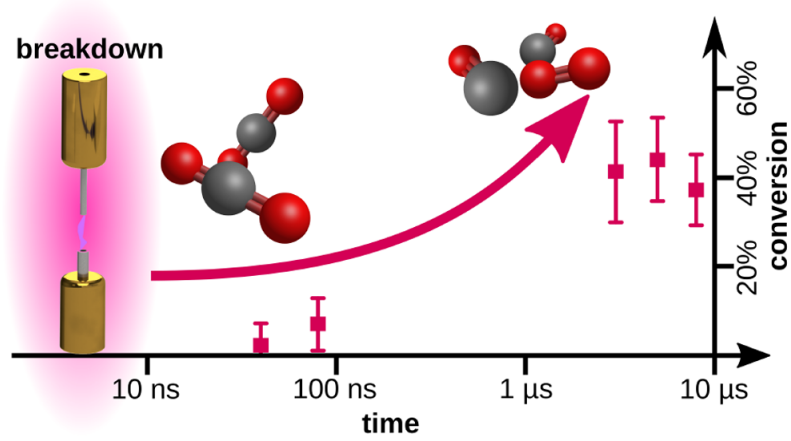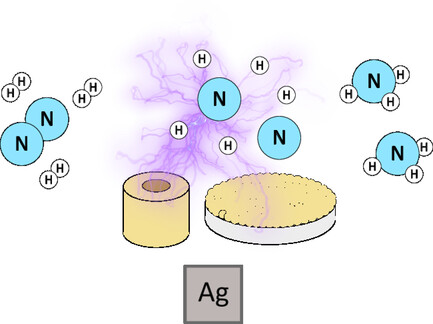Plasma-assisted decomposition of biomethane and biogas, when powered by renewable energy sources, is an environmentally friendly process that can be viewed as a cost-effective method for producing CO2-free hydrogen. The project aims to develop and test a plasma reactor to facilitate the thermal cracking of methane and the CO2 dry reforming process. The Ph.D. student will characterize the process to understand and optimize the production mechanisms of valuable products (e.g., H2).
We are looking for a talented and motivated student with a background in experimental physics or chemical physics with a strong attitude toward teamwork and problem-solving.
Link to the call:
https://www.unitn.it/en/phd/physics#domanda
For further information, please contact:
Luca Matteo Martini
luca.martini.1@unitn.it
Deadline: 12 June 2025, 4:00 pm CET.




